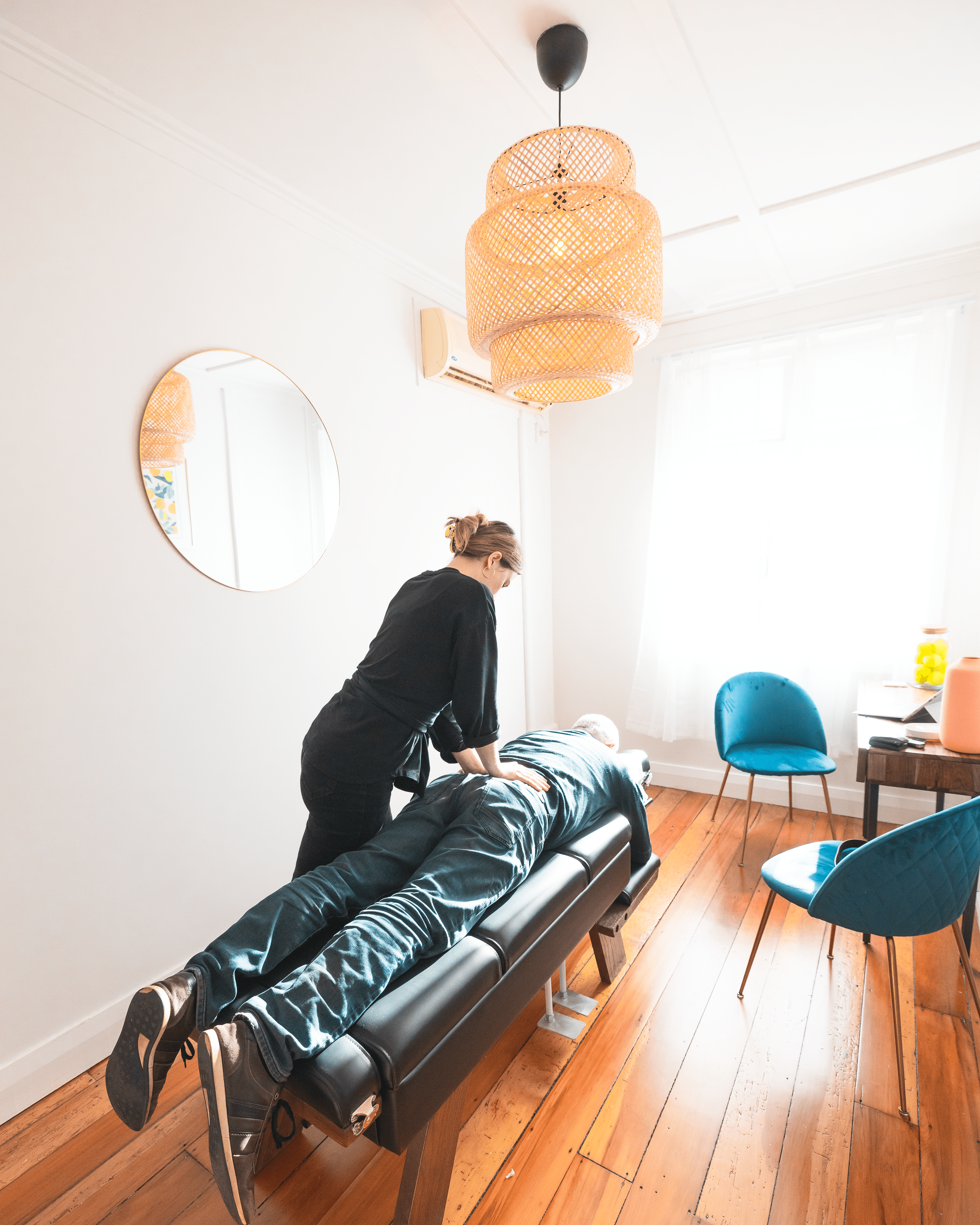How To Help Yourself Self-Manage Low Back Pain
As chiropractors we are well equipped to provide you with help with your low back pain. As chiropractors we first perform a thorough assessment to determine the cause of your low back pain, and often chiropractic adjustments are suitable to provide relief and healing of the pain/and or injury. However, as healthcare providers we will often recommend home care advice to support you to get the best results possible, alongside chiropractic care.
Here are some of the common ways to support yourself with low back pain:
Here To Help
If you are suffering with low back pain, WYLD chiropractors are here to help.
Please seek advice from your chosen healthcare provider in order to determine the cause of your low back pain, and if you are experiencing additional symptoms such as, urinary retention, urinary and/or faecal incontinence, sensory disturbance involving the anus, genitals and buttock region, or pain, weakness or paralysis in the legs, please seek immediate medical attention.
Our Approach For Chiropractic Care
Gentle and effective treatment
Comfort with state of the art Chiropractic equipment
Safe for people of all ages
What To Expect At Your First Chiropractic Visit
An initial Chiropractic exam will typically have three parts: a consultation, case history, and physical examination.
Laboratory analysis and X-ray examination may be performed.
Consultation. The patient meets with the chiropractor and provides a brief synopsis of lifestyle factors and concerns, such as:
Duration and frequency of symptoms
Description of the symptoms (e.g. burning, throbbing)
Areas of pain
What makes the pain feel better (e.g. sitting, stretching)
What makes the pain feel worse (e.g. standing, lifting)
Lifestyle factors
Case history. The chiropractor identifies the area(s) of complaint and the nature of the stress involved by asking questions and learning more about different areas of the patient's history, including:
Family history
Dietary habits
Past history of other treatments (chiropractic, osteopathic, medical and other)
Occupational history
Psychosocial history
Other areas to probe, often based on responses to above questions
Physical examination. A chiropractor may utilize a variety of methods to determine the spinal segments that require chiropractic treatments, including but not limited to static and motion palpation techniques determining spinal segments that are hypo mobile (restricted in their movement) or fixated. Depending on the results of the above examination, a chiropractor may use additional diagnostic tests, such as:
X-ray to locate subluxations (the altered position of the vertebra)
A device that detects the temperature of the skin in the paraspinal region to identify spinal areas with a significant temperature variance that requires manipulation.
Chiropractors are trained in a variety of methods to assess the underlying cause of the problem, including:
Evaluation and management services. Chiropractors are trained in examining the joints, bones, muscles and tendons of the spine, head, extremities and other areas of the body with the purpose of noting any misalignment, tenderness, asymmetry, defects or other problems.
Neurologic and other common physical examination procedures. Chiropractors are trained to perform a variety of neurologic tests (nerve root compression/tension, motor strength, coordination, deep tendon and pathological reflexes, etc.) and are skilled in performing orthopedic, cardiovascular and many other common examinations.
Specialised assessment. Chiropractors are trained to assess range of motion, stability, muscle strength, muscle tone and other assessments with the lower back.
Common diagnostic studies. Chiropractors are trained in use of diagnostic studies and tools such as radiography (X-rays), laboratory diagnostics and neurodiagnostics.
References:
Traumeel – an emerging option to nonsteroidal anti-inflammatory drugs in the management of acute musculoskeletal injuries https://www.ncbi.nlm.nih.gov/pmc/articles/PMC3085232/
Low Back Strain https://www.webmd.com/back-pain/guide/low-back-strain
Low back Pain https://therealitycheck.com/wp-content/uploads/2014/01/50-LowerBackPain-1.pdf
Why a Strong Core Can Help Reduce Low Back Pain https://health.clevelandclinic.org/strong-core-best-guard-back-pain/
https://www.mayo.edu/research/clinical-trials/diseases-conditions/chronic-lower-back-pain/ m
https://www.sciencedirect.com/science/article/abs/pii/S1521694213000971
https://bmcprimcare.biomedcentral.com/articles/10.1186/1471-2296-8-40
https://www.monash.edu/medicine/sphpm/units/musculoskeletal-epidemiology/low-back-pain-research






